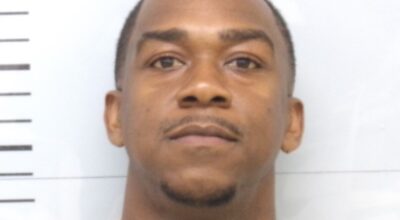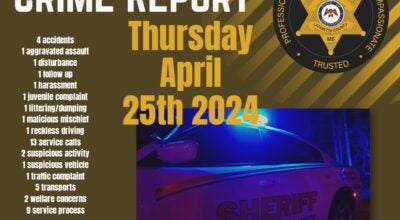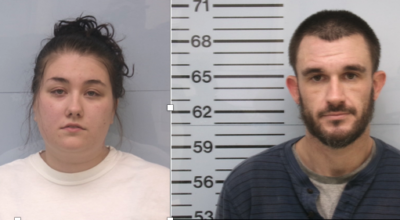Overby panel looks at ‘March Against Fear’ 50 years later
Published 10:59 am Friday, October 28, 2016
The 1966 “March Against Fear,” initiated by James Meredith a day before he was shot and wounded on a Mississippi highway, will be the focus of an panel discussion by a historian, a political scientist and two Mississippi journalists next Tuesday, Nov. 1, at 6 p.m. in the Overby Center Auditorium on the Ole Miss campus.
In many ways, the march rivaled the memorable activities in Selma, Alabama, the year before. Just as marchers in Selma were attacked by Alabama authorities at the Edmund Pettus Bridge, those participating in the “March Against Fear” were attacked in their encampment in Canton by Mississippi officers. Both marches had historic consequences. “Bloody Sunday” in Selma led to the passage of the 1965 Voting Rights Act. The Mississippi march dramatized a growing split in the civil rights movement that sent Martin Luther King Jr. in one direction and ”Black Power” firebrand Stokely Carmichael in the other.
To look back on the 50th anniversary of the “March Against Fear,” the Overby Center for Southern Journalism and Politics is sponsoring a discussion with Aram Goudsouzian, a history professor at the University of Memphis whose book, “Down to the Crossroads,” is a definitive account of the event; Marvin King, a professor of political science and African-American Affairs at Ole Miss; Charles Overby, chairman of the Overby Center who covered part of the march as a young reporter in Jackson; and Overby Fellow Curtis Wilkie, who followed the civil rights movement during the 1960s as a journalist in the Mississippi Delta.
The program is free and open to the public. Parking will be available in the lot adjacent to the Overby Center. A reception will be held following the event.
“I’m looking forward to the program because it will deal with a critical moment in the civil rights struggle in the South, and it’s important that the impact of the march is not lost to history,” said Wilkie.
The “March Against Fear” was first dramatized by an ambush near Hernando when a white man from Memphis, Aubrey Norvell, wounded Meredith with discharges of birdshot from a shotgun. Up until that time, Meredith, nationally-known as the first black student to enroll at Ole Miss in an epic battle with the political leadership of Mississippi, had been conducting a one-man trek down old U.S. Highway 51. To take up his cause, virtually every civil rights leader in the country led delegations to resume the march.
At one point, Carmichael, who had wrested control of the Student Non-Violent Coordinating Committee (SNCC) from John Lewis, diverted his followers from Highway 51 to Greenwood, where his early call for “Black Power” created national headlines. “For black activists, Black Power had an invigorating energy,” Goudsouzian wrote in his book.
King, meanwhile, went east with his band of more traditional Southern Christian Leadership Conference (SCLC) loyalists into Neshoba County to confront local authorities and a mob of angry whites two years after three activists were killed there. “King later admitted that he had never been more scared,” Goudsouzian wrote.
The march culminated with hundreds of civil rights supporters merging again near Jackson and reaching their goal with a rally in the shadow of the state capitol of Jackson. But divisions within the movement were never healed.





